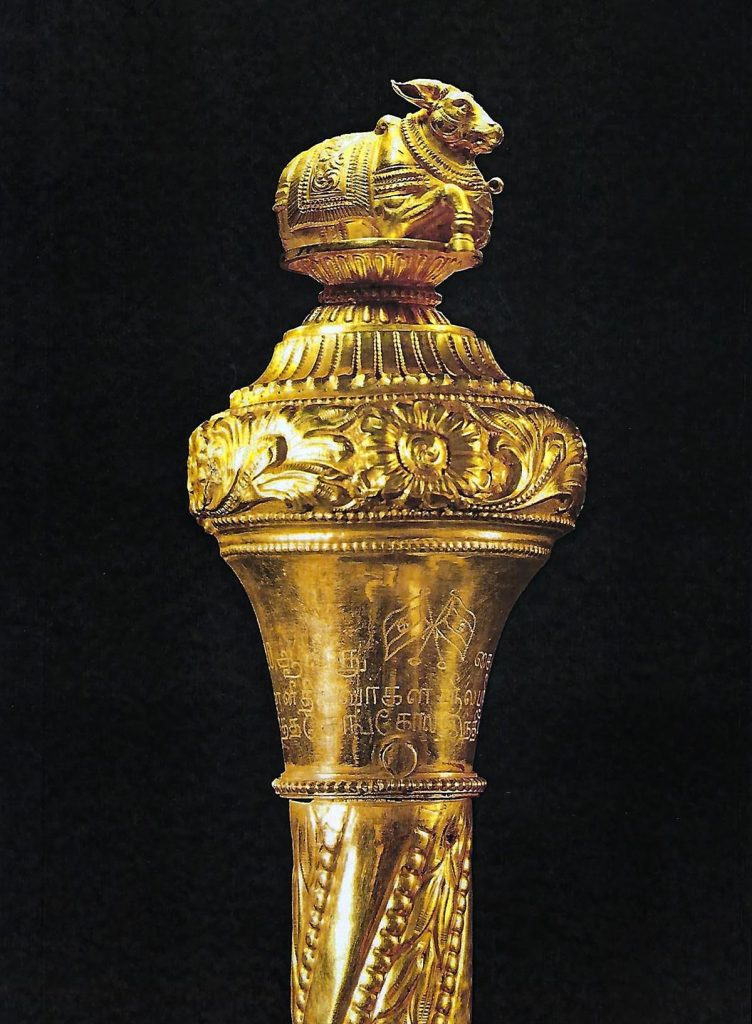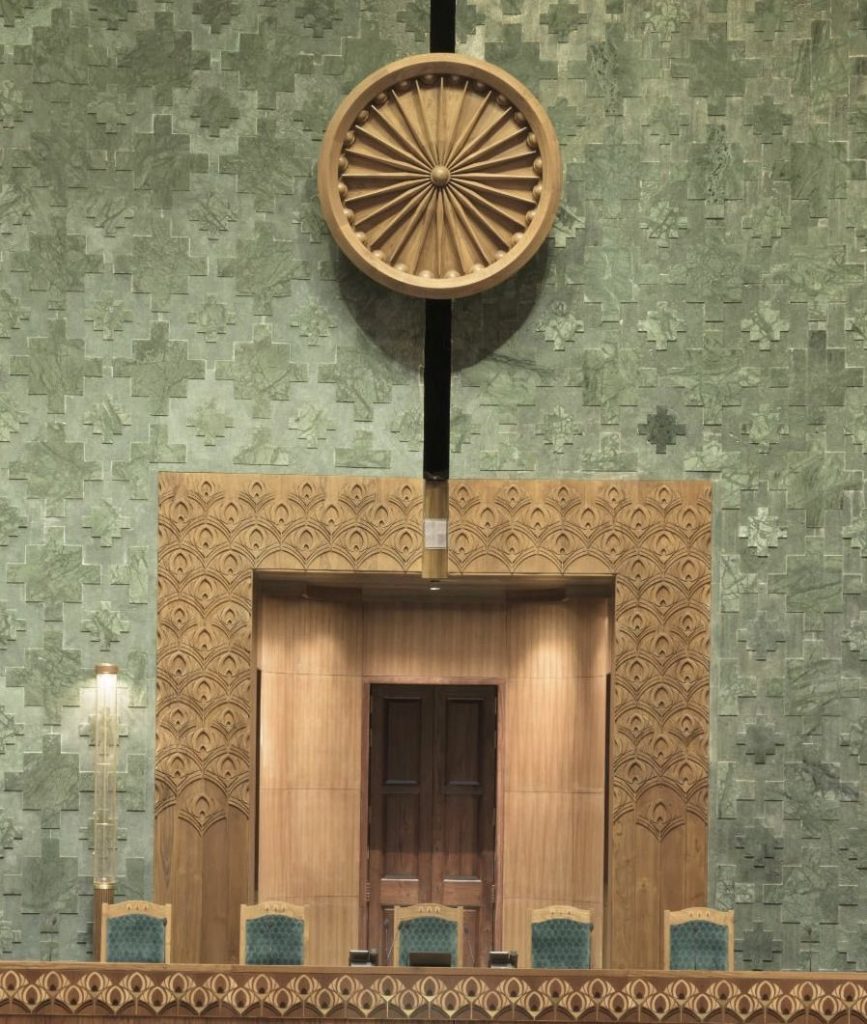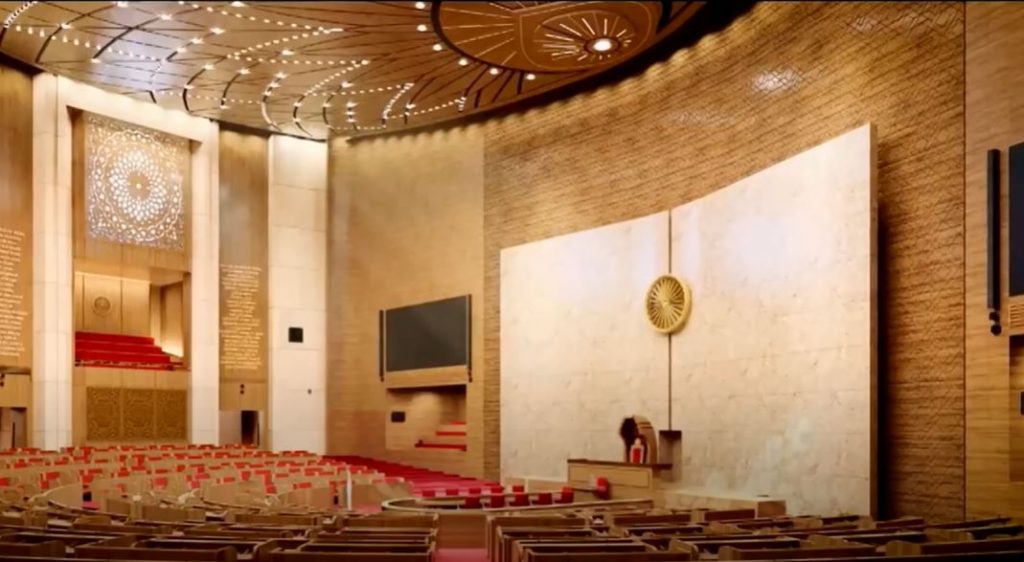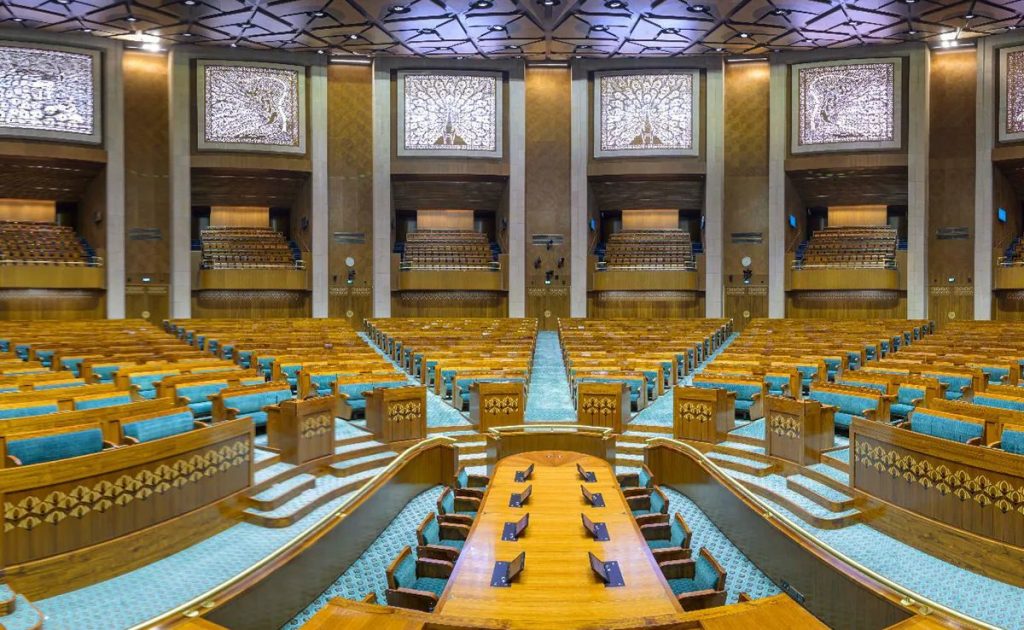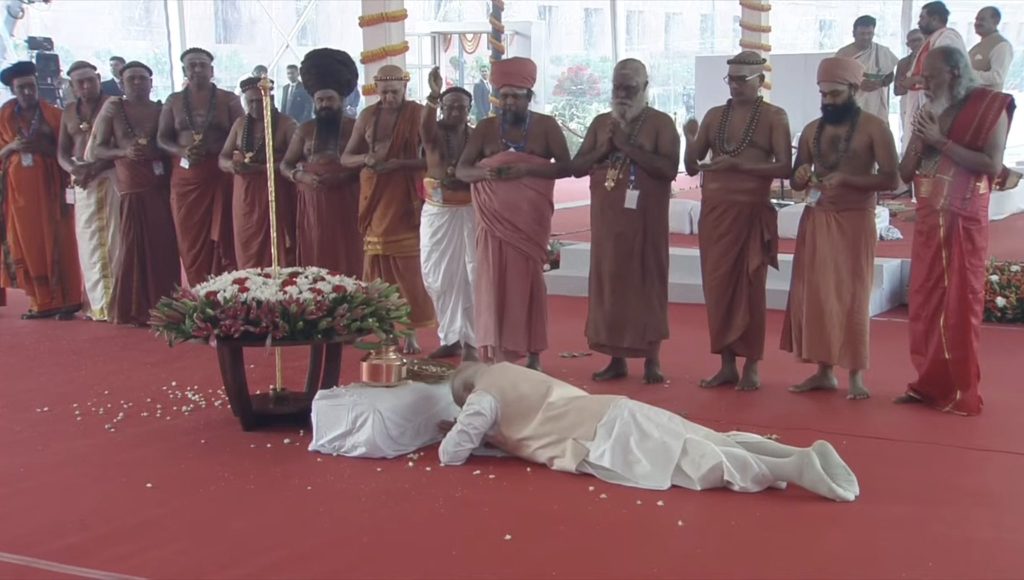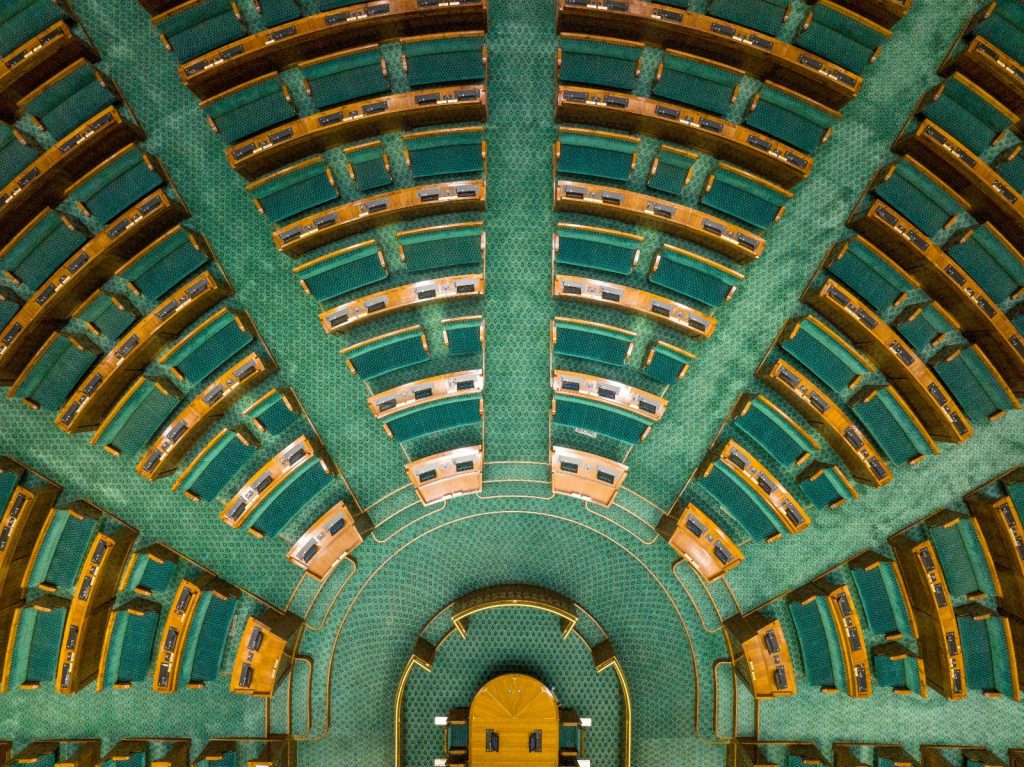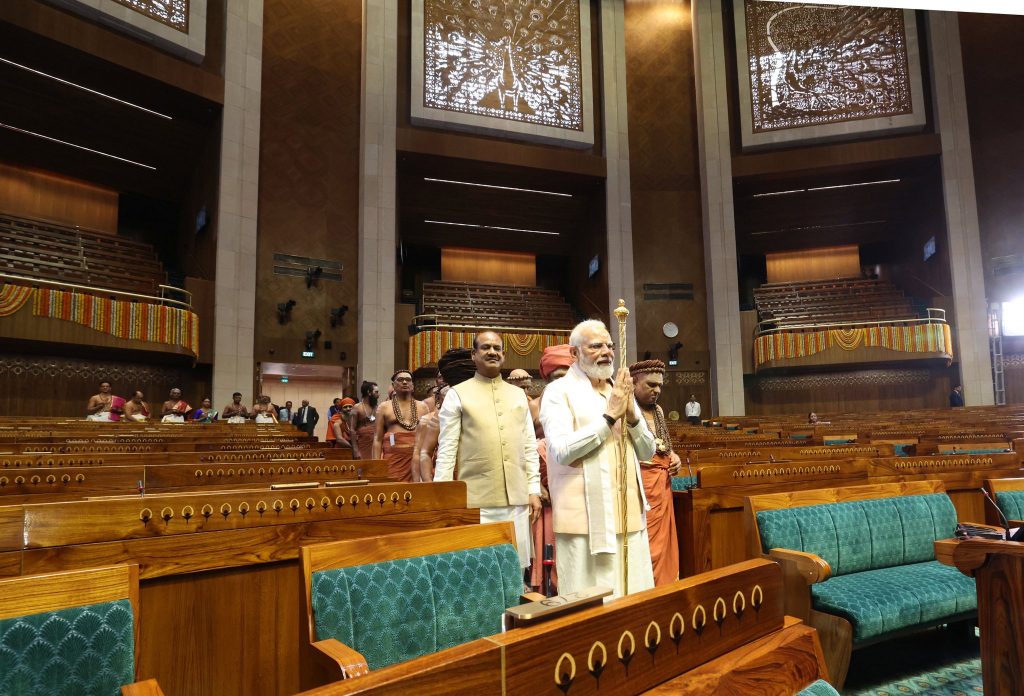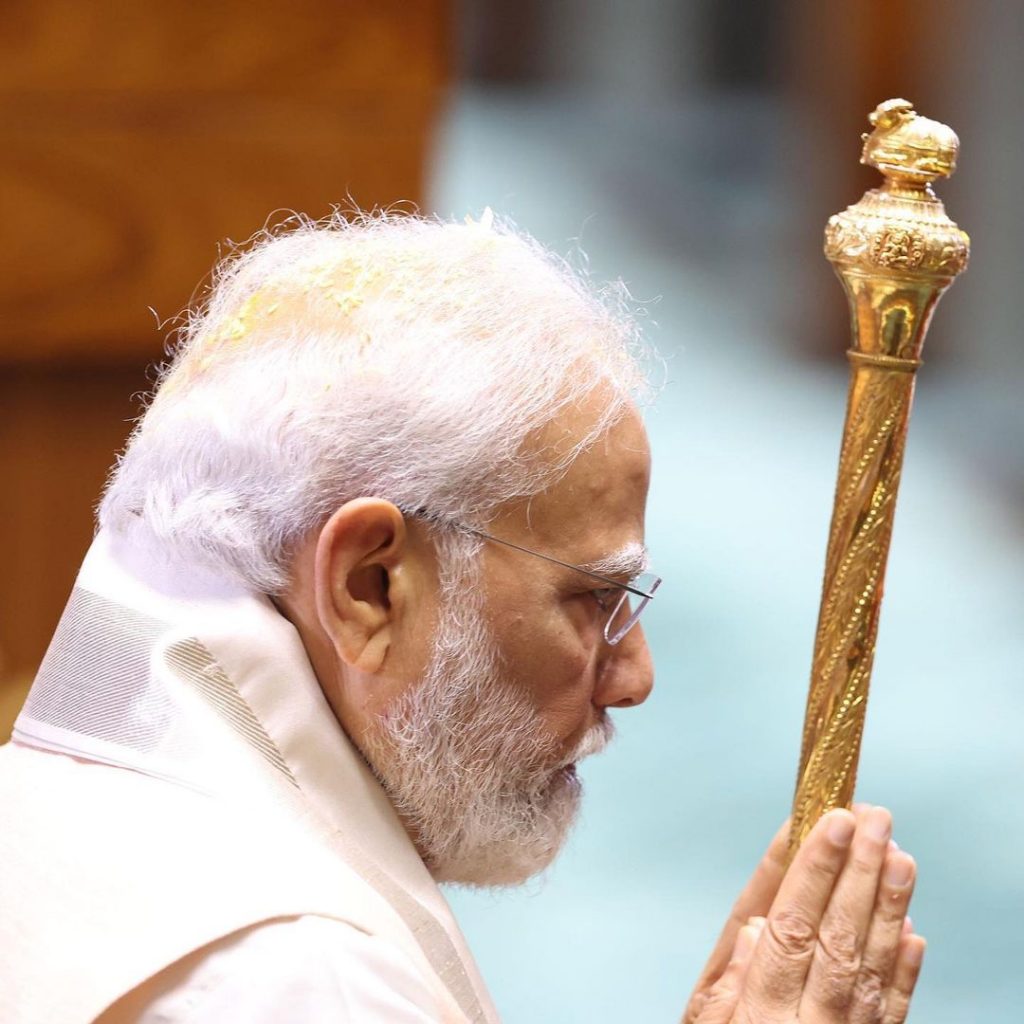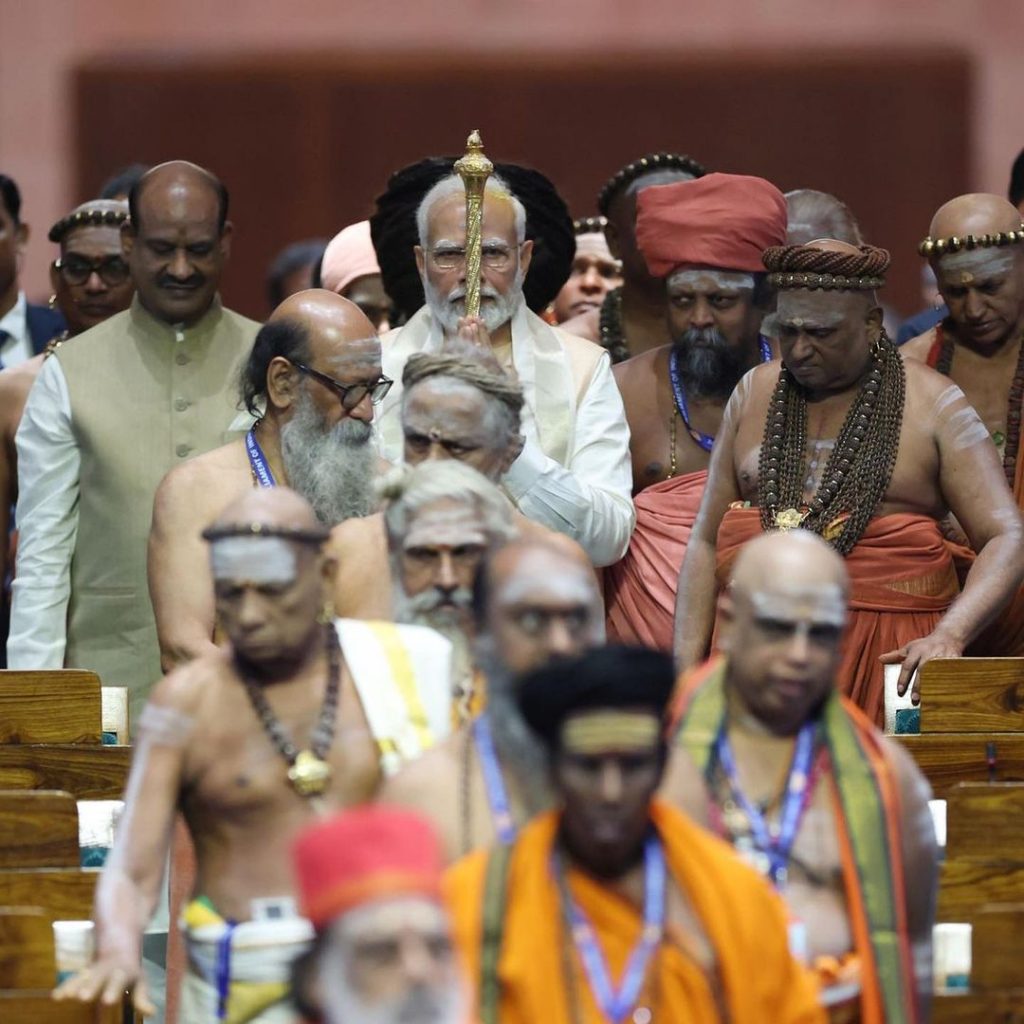सं ग॑च्छध्वं॒ सं व॑दध्वं॒ सं वो॒ मनां॑सि जानताम् । दे॒वा भा॒गं यथा॒ पूर्वे॑ संजाना॒ना उ॒पास॑ते ॥
सं गच्छध्वं सं वदध्वं सं वो मनांसि जानताम् । देवा भागं यथा पूर्वे संजानाना उपासते ॥
saṃ gacchadhvaṃ saṃ vadadhvaṃ saṃ vo manāṃsi jānatām | devā bhāgaṃ yathā pūrve saṃjānānā upāsate ||
“We pray for a spirit of unity; may we discuss and resolve all issues amicably,
may we reflect on all matters (of state) without rancor,
may we distribute all resources (of the state) to all stakeholders equitably,
may we accept our share with humility” – Rig Veda – 10/191/2
The concept of democracy in ancient India was quite different from modern democracy. In ancient India, the governance was based on the principles of kingship, where a king or ruler had complete control over the state and its people. However, the king was expected to rule justly and in the best interests of the people.
There were also councils of elders and assemblies where people could voice their opinions and offer suggestions to the king. These councils and assemblies were known as “sabhas” and “samitis” respectively.
Additionally, there were also institutions like “gana–sangha” and “janapada” which were autonomous republics governed by the people themselves. These institutions were based on the principle of consensus-based decision making and were prevalent in certain parts of ancient India.
Overall, while ancient India did not have a formal system of democracy as we know it today, there were elements of participation and representation in governance.
Today, as our representatives stepped into the new Parliament complex, India took a leap forward – from fulfilling needs to fulfilling aspirations.
The first 75 years were to build on what we lacked – the next 75 will be to build our dreams.
As a society, as a country, as the biggest nation in the world.
Today marks the first day in a long way ahead. And what a day to begin!
भारत माता की जय!

